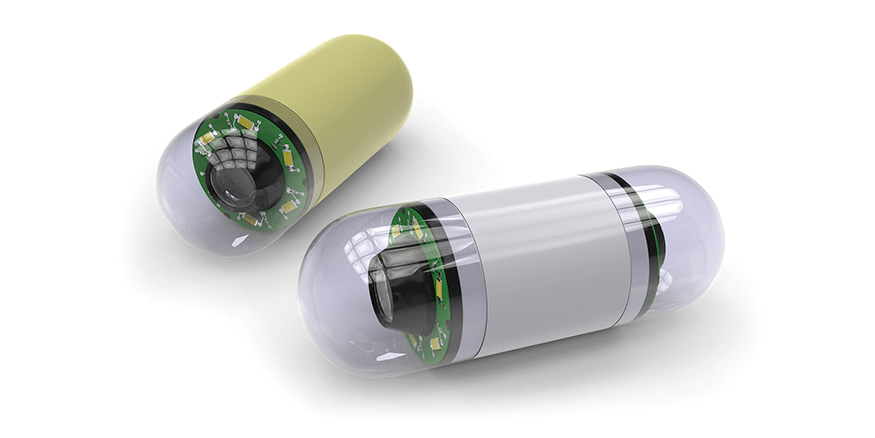
Video Capsule Endoscopy (VCE) is a non-invasive diagnostic procedure that allows doctors to examine the inside of your gastrointestinal (GI) tract using a small, swallowable capsule with a tiny camera. The capsule captures images of the esophagus, stomach, small intestine, and other parts of the GI tract, which are transmitted to a recorder worn by the patient.
This method is especially useful for diagnosing conditions that are difficult to view through traditional endoscopy, such as small intestine diseases, bleeding sources, and inflammation. Video capsule endoscopy provides a comprehensive view of the GI tract, offering accurate insights into abnormalities without the need for surgery or traditional endoscopic techniques.
Here are some common questions about Video Capsule Endoscopy:
The patient swallows a small capsule that contains a camera, light source, and transmitter. As the capsule travels through the digestive tract, it captures images that are transmitted to a recording device worn by the patient. These images are later reviewed by the physician to assess any abnormalities.
Yes, the capsule is designed to be safe and pass naturally through the digestive system. It is biodegradable, and there is no need for retrieval after the procedure. Most patients will pass the capsule within 24–48 hours.
The capsule is typically swallowed within a few minutes, and the procedure itself takes around 8 hours, during which the patient continues their normal activities. Afterward, the images are reviewed by a gastroenterologist to diagnose any potential issues.